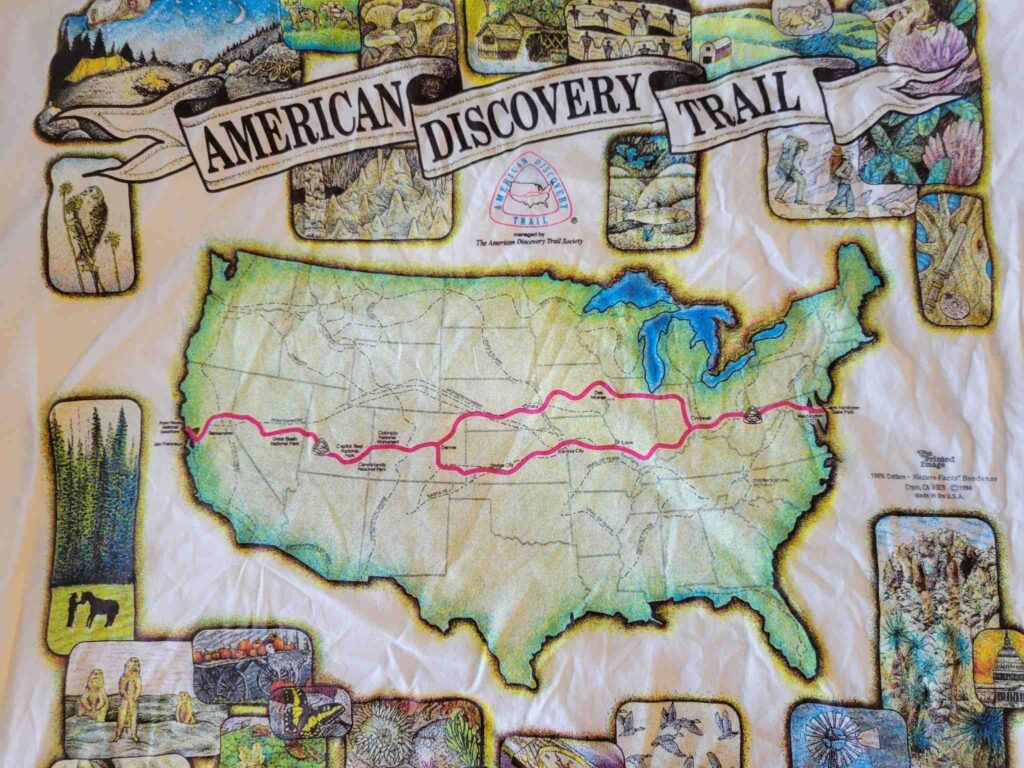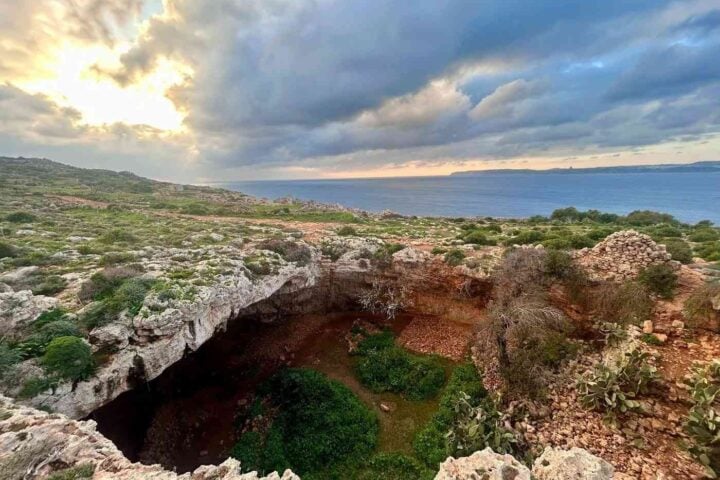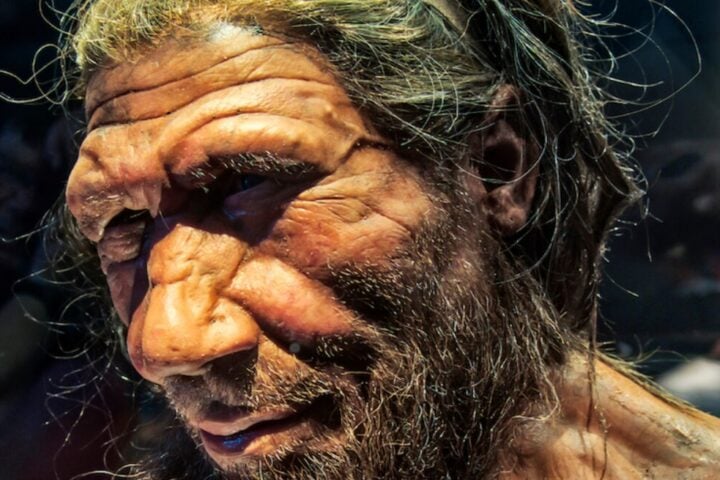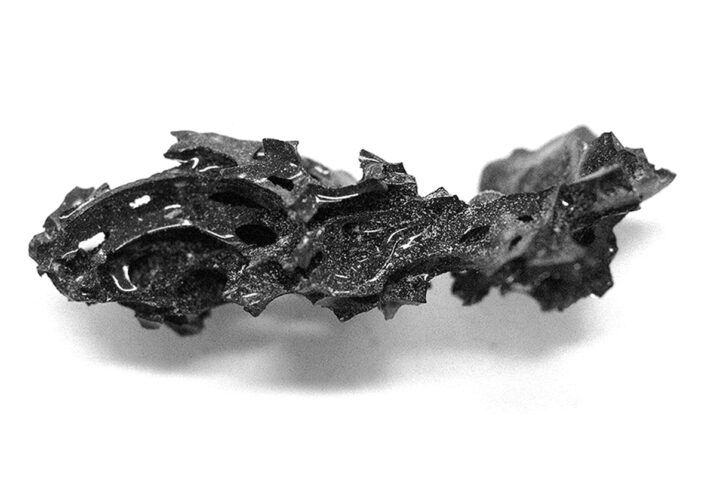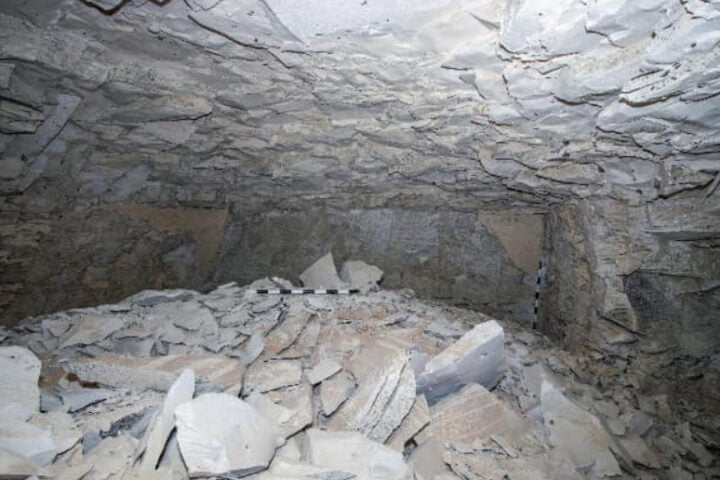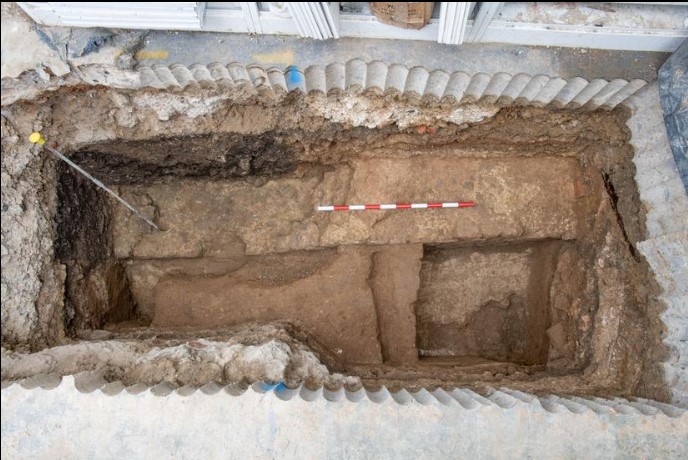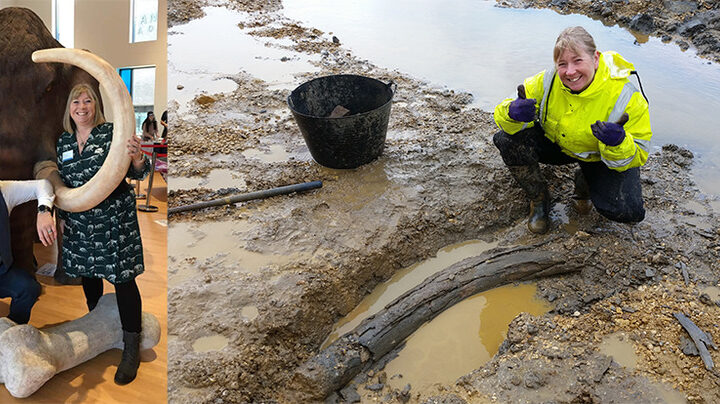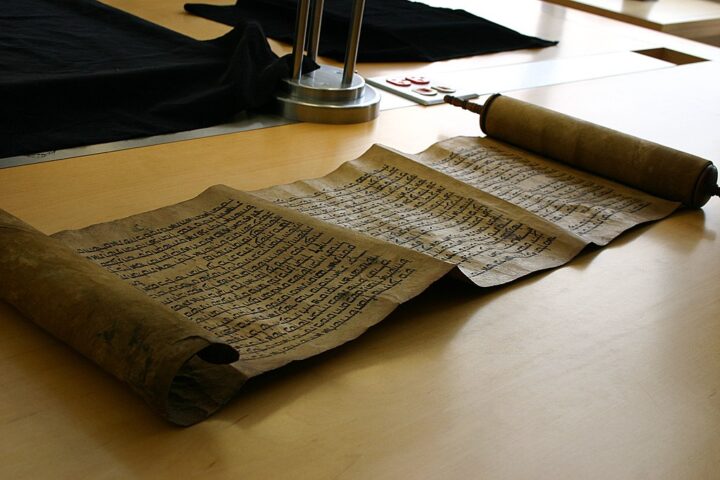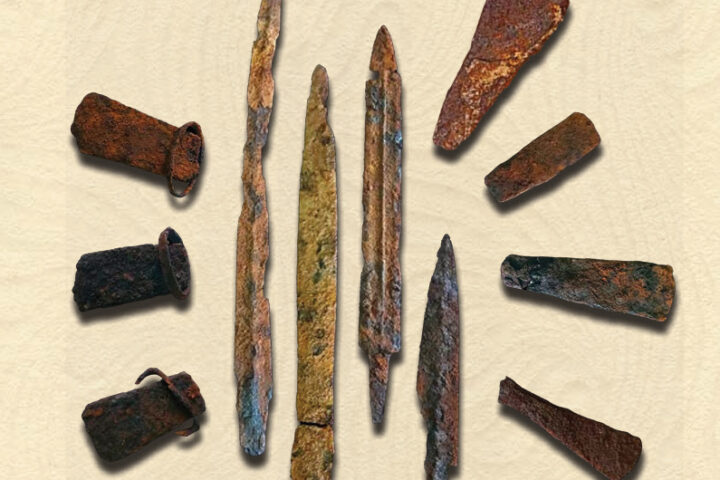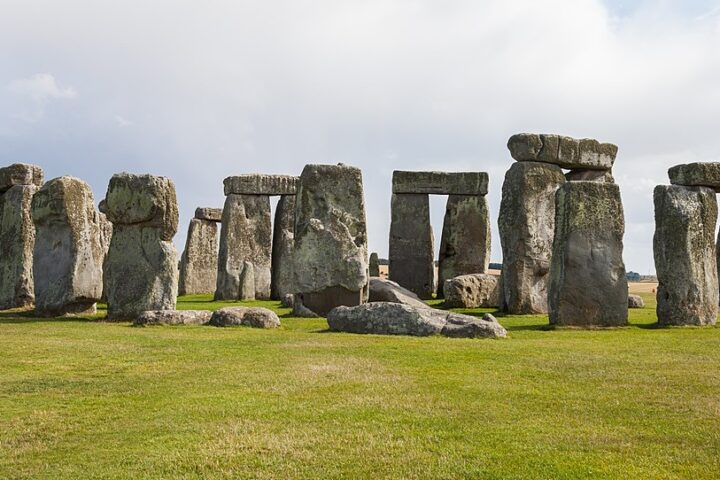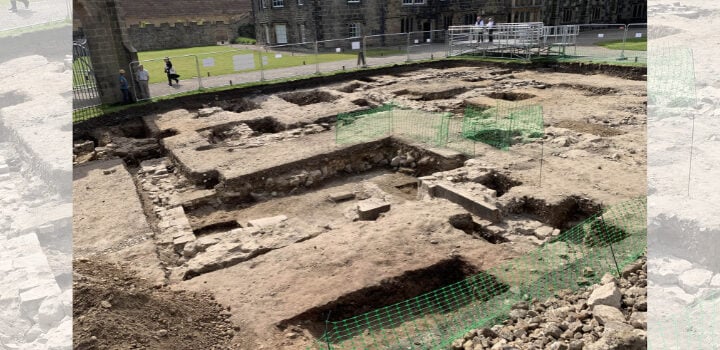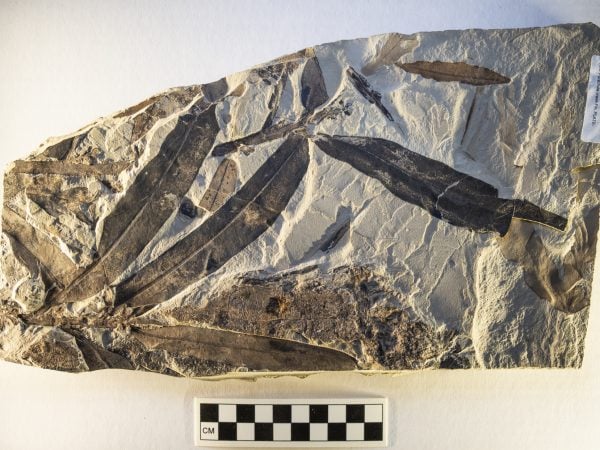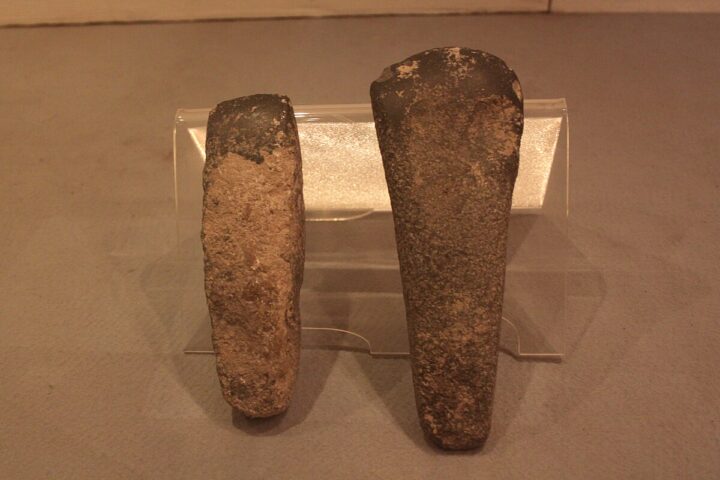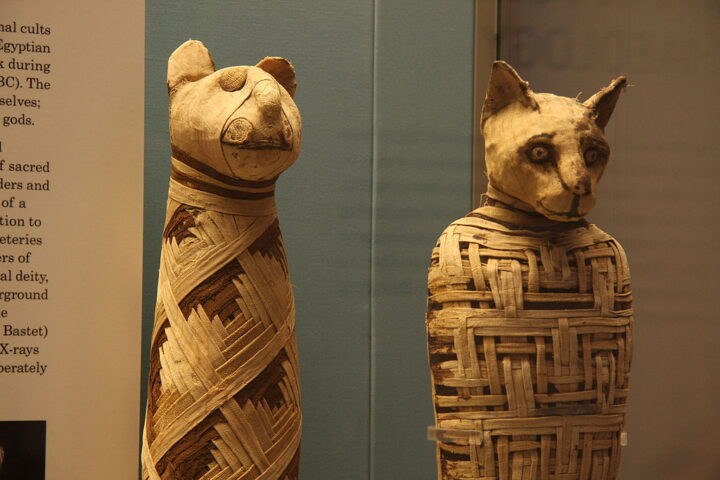A study was published on October 12, 2023, revealing new insights into Neanderthal cuisine and their use of fire. Twenty years of archaeological excavations at the Gruta da Oliveira, a cave in central Portugal, culminated in the study. Researchers have found evidence suggesting that Neanderthals were as intelligent as Homo sapiens. Diego Angelucci, an UniTrento archaeologist, stated, “More than different species, I would speak of different human forms.”
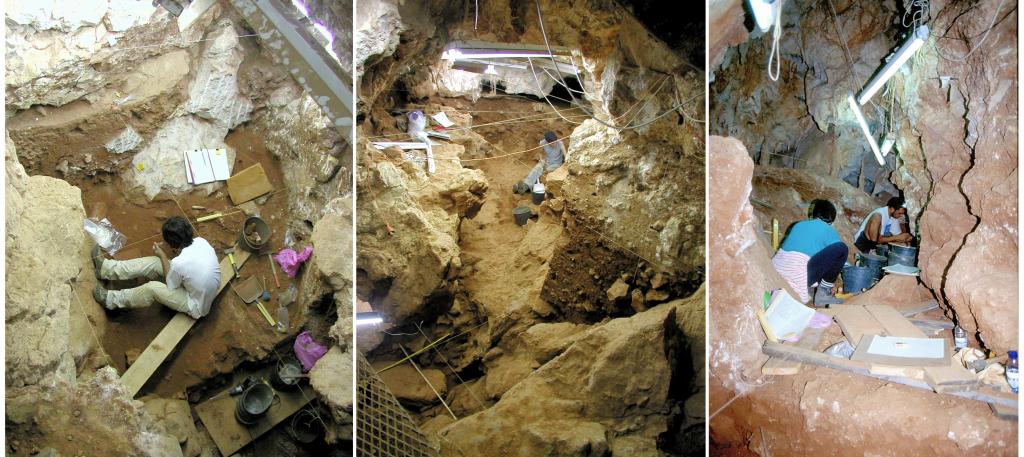
The control of fire was mastered by the Neanderthals, using it for cooking, heating, defense, and even giving it a significant place in their living spaces. Published in PLoS One, the international study challenges the long-held view of Neanderthals as inferior to Homo sapiens. Scientists are now reconsidering whether Neanderthals and Homo sapiens should be seen as two distinct species or two forms of the same species.
Diego Angelucci emphasized that Neanderthals were capable of symbolic thought, artistic creation, body decoration, and had a diverse diet. The study confirms that Neanderthals regularly consumed cooked food, showcasing their skills comparable to sapiens who lived much later. The Gruta da Oliveira in central Portugal has been a focal point of archaeological excavations for over two decades, from 1989 to 2012.
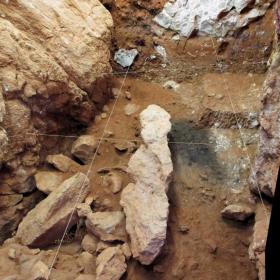
The cave is part of the Almonda karst system, a vast network of caves with layers dating back to about 120,000 years ago. It is believed that Neanderthals inhabited the Gruta da Oliveira between 100,000 and 70,000 years ago. Angelucci commented on the rich variety of artifacts found in the cave, from Lower Palaeolithic remains to Mousterian culture stones.
There is a general agreement among archaeologists that they knew how to use fire. However, one thing is to use fire started by natural processes, such as lightning, another is to make it, feed it with wood and use it for cooking, heating and defence. In this study we demonstrate that there is no doubt that Neanderthals could make a fire and that fire was a central element in their daily life.
Diego Angelucci, archaeologist at the University of Trento and co-author of the study.
Archaeologists discovered traces of intentionally built hearths in the cave, indicating the Neanderthals’ use of fire. Burnt bones, wood, and ash remains were found near these hearths, suggesting that the cave inhabitants cooked their food. The diet of the Neanderthals was diverse, including cooked goats, deer, horses, aurochs, rhinos, and turtles.
We found burnt bones, burnt wood and ash remains. And the rock underneath has been reddened by the heat: this is a crucial detail because it tells us that the structure is in a primary position. And it has always been there. Fire is a fundamental element in their daily lives. It makes the place comfortable and helps socialization. It gives back that basic idea of “home” that perhaps could also apply to them.
Diego Angelucci, archaeologist at the University of Trento and co-author of the study.
Similar Posts
In other excavations near the western Mediterranean Sea, remains of fish, mussels, molluscs, and even roasted pine nuts were found. A 2020 study in Science had already highlighted the varied diet of Neanderthals, and the Portuguese excavations further confirmed their use of fire for cooking. However, the exact method Neanderthals used to start a fire remains undetermined.
When layers of the cave spanning 30,000 years were compared, archaeologists found no significant difference in the way Neanderthals and Homo sapiens lived in the caves. The Gruta da Oliveira study represents the culmination of three decades of data analysis. João Zilhão’s Portuguese team studied the stone tools, while Mariana Nabais analyzed bone remains and conducted spatial analyses.

The research group of the University of Trento focused on stratigraphy and microscopic studies. The Gruta da Oliveira has a 6.5 m-thick archaeological deposit dating back to approximately 71,000 – 93,000 years ago. The accumulation primarily consists of sediment washed in from the slope and weathered limestone bedrock.
The cave’s archaeological sequence reveals patterns of Neanderthal occupation no different from early Upper Palaeolithic and Solutrean cave sites in central Portugal. Initiated in 1987, the Almonda karst research project aimed to advance knowledge of the Middle and Upper Pleistocene archaeology of western Iberia. The karst network of the Almonda spring is extensive, with about 12 km already mapped.
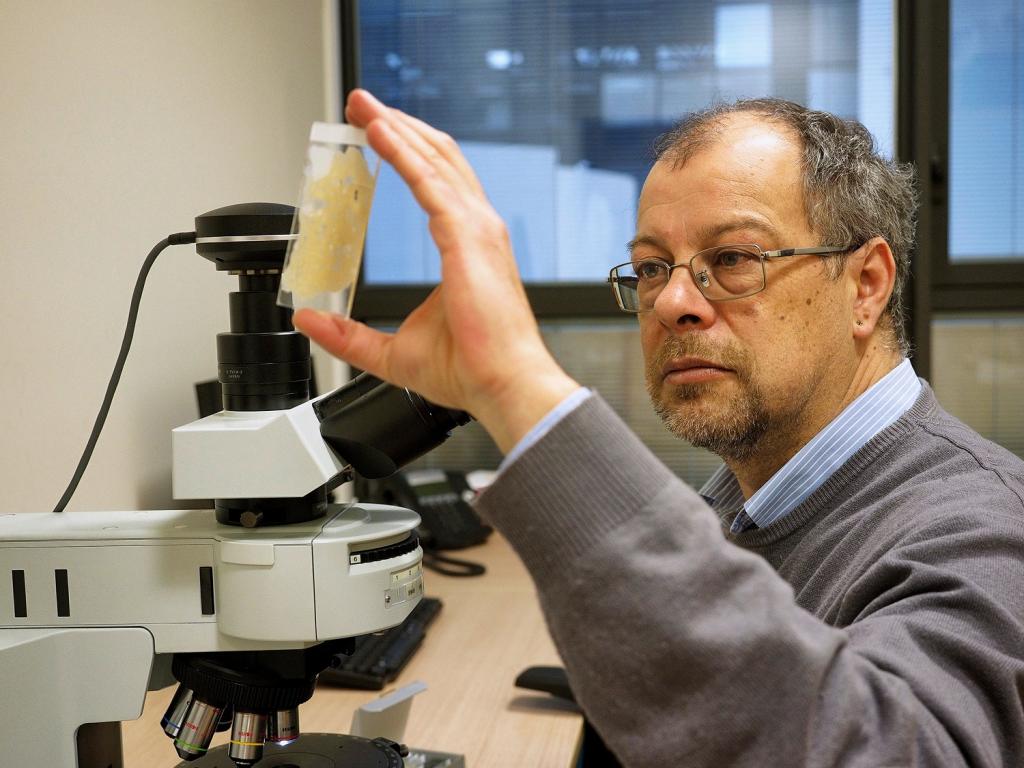
Located halfway up a scarp face, the Gruta da Oliveira contains an archaeological stratigraphy dated to the second half of Marine Isotope Stage (MIS) 5. The site’s chronostratigraphic framework suggests that layers 8-14 date to around 72.3-77.8 ka ago. Layers 15-19 likely date to around 85.1 to 87.6 ka ago, while layers 20-22 date to approximately 90.1 to 92.0 ka ago.
The Gruta da Oliveira has been particularly relevant for understanding Neanderthal evolution and culture. The site contains evidence of regular and consistent use of fire by Middle Palaeolithic Neanderthals. The Almonda karst system has been a treasure trove for archaeologists, revealing a rich history spanning the last half a million years of the Quaternary.
Other sites in the Almonda karst system include Valeria da Cisterna, Lapa dos Coelhos, Gruta da Aroeira, Gruta do Pinheiro, and Gruta do Aderno. The Gruta da Aroeira site, approximately 400 ka old, yielded the Aroeira 3 human cranium and evidence of in situ use of fire. The location of the Gruta da Oliveira and findings provide a unique window into the lives of Neanderthals and their interactions with their environment.
The study underscores the importance of modern excavation techniques in uncovering the rich history of our ancestors. The findings from Gruta da Oliveira challenge long-held perceptions and shed light on the sophisticated capabilities of Neanderthals.


